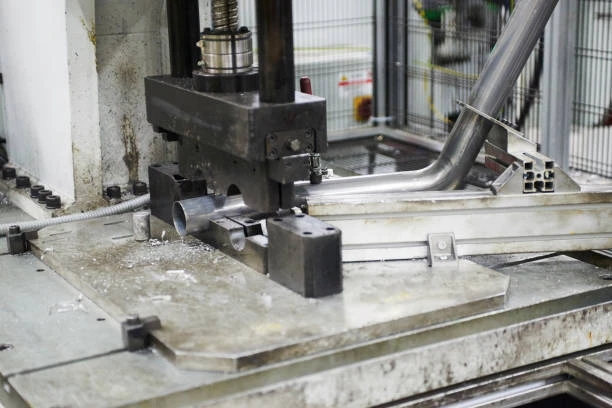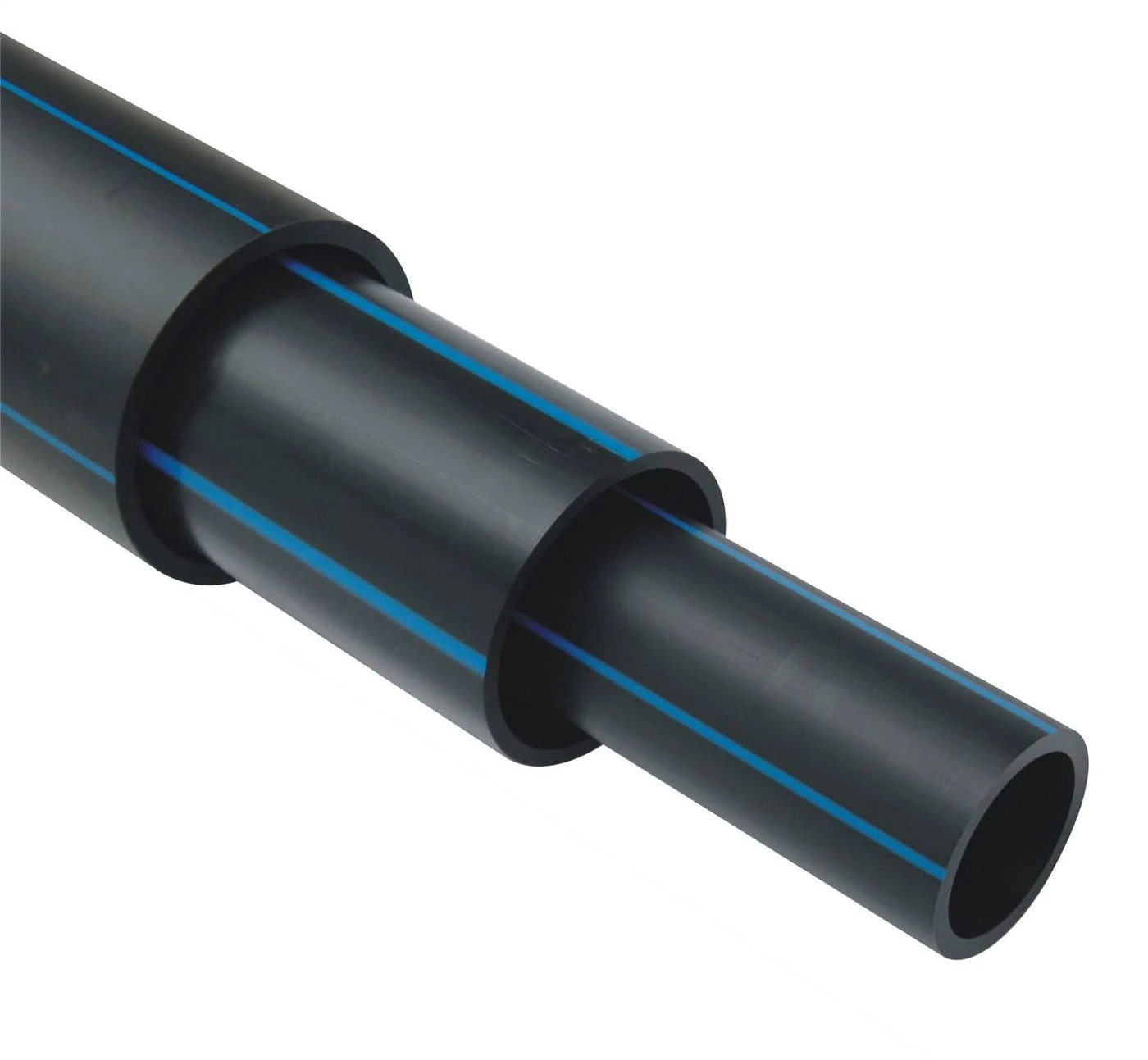In a significant move towards enhancing public safety and environmental protection, a federal bill has been introduced calling for the removal of Aldyl A HDPE pipe from infrastructure across the United States. This legislation has garnered attention from various stakeholders, including environmentalists, public health advocates, and industry professionals. The proposed bill aims to address potential hazards associated with this specific type of high-density polyethylene HDPE pipe, ensuring safer water delivery systems for communities nationwide.

Understanding HDPE Pipe
High-density polyethylene (HDPE) pipes are widely used in various applications, including water supply, wastewater management, and geothermal systems. Known for their durability, flexibility, and resistance to corrosion, HDPE pipes have become a preferred choice for many infrastructure projects. However, not all HDPE pipes are created equal, and certain variants, such as Aldyl A, have raised concerns due to potential risks associated with their use.
Characteristics of Aldyl A HDPE Pipe
Aldyl A HDPE pipe was widely utilized in the 1970s and 1980s for water distribution systems. Its lightweight and easy installation features made it a popular choice. However, over time, studies have indicated that Aldyl A may be susceptible to degradation, particularly when exposed to certain chemicals and environmental conditions. This degradation can lead to leaching, which poses health risks to communities relying on these pipes for drinking water.
The Need for Removal
The introduction of the federal bill to remove Aldyl A HDPE pipes stems from increasing concerns about public health and safety. Here are some key reasons for the push to eliminate this type of pipe:
1. Health Risks
Research has suggested that Aldyl A pipes may leach harmful chemicals into drinking water, posing potential health risks to consumers. The concern is particularly acute in areas where the pipes have been in service for decades. Exposure to these contaminants can lead to various health issues, including gastrointestinal problems and long-term chronic conditions.
2. Aging Infrastructure
Much of the existing infrastructure in the United States is aging, and many Aldyl A pipes are nearing or have surpassed their expected lifespan. As these pipes deteriorate, the risks of leaks and contamination increase. The federal bill aims to proactively address these issues before they escalate into more significant public health crises.
3. Environmental Concerns
Degradation of Aldyl A pipes can lead to environmental pollution. When these pipes fail, they can release not only contaminants into the water supply but also contribute to soil and groundwater contamination. By removing these pipes, the legislation seeks to protect both public health and the environment.
4. Increased Public Awareness
Public awareness of the potential dangers associated with Aldyl A pipes has grown significantly in recent years. Communities and advocacy groups are pushing for safer infrastructure and demanding action from lawmakers. The federal bill represents a response to these calls for enhanced safety measures.
HDPE pipe Legislative Details
The federal bill calls for a comprehensive plan to identify, assess, and remove Aldyl A HDPE pipes from water supply systems nationwide. Here are some key components of the legislation:
1. Inventory and Assessment
The bill mandates that water utilities conduct an inventory of existing Aldyl A pipes in their systems. This assessment will help identify areas most at risk and prioritize removal efforts.
2. Funding for Replacement
To facilitate the removal and replacement of Aldyl A pipes, the bill allocates federal funding to assist local municipalities. This financial support aims to ease the burden on local governments and encourage swift action.
3. Public Health Initiatives
In addition to pipe removal, the legislation includes provisions for public health education campaigns. These initiatives aim to inform communities about the potential risks associated with Aldyl A pipes and promote safe water practices.
4. Research and Monitoring
The bill calls for ongoing research to better understand the risks associated with Aldyl A pipes and to monitor the impacts of their removal on public health and environmental conditions. This data will help inform future infrastructure decisions and policies.
HDPE pipe Industry Response
The introduction of this federal bill has elicited varied responses from industry stakeholders. Many professionals in the construction and plumbing sectors support the move, emphasizing the importance of ensuring safe drinking water for all communities. They argue that investing in updated infrastructure is crucial for long-term public health.
HDPE pipe Potential Challenges
While the bill has garnered support, there are also challenges to consider:
- Cost of Replacement: The financial implications of removing and replacing Aldyl A pipes may strain budgets, particularly for smaller municipalities. Finding efficient and cost-effective solutions will be essential.
- Supply Chain Issues: With the ongoing challenges in the supply chain, sourcing materials for replacement pipes may pose difficulties. Ensuring that high-quality, safe alternatives are available will be a critical factor in the bill’s success.
- Community Engagement: Engaging communities in discussions about infrastructure changes and ensuring transparency will be vital. Building trust and fostering cooperation will help smooth the transition during the replacement process.
HDPE pipe Future Implications
The passage of the federal bill calling for the removal of Aldyl A HDPE pipes may set a precedent for future legislation concerning aging infrastructure and public health. As awareness of environmental and health issues grows, similar measures may be considere for other types of materials and systems that pose risks.
HDPE pipe Emphasizing Sustainable Practices
This legislative move also highlights the need for sustainable practices in infrastructure development. As communities seek to modernize their water systems, the focus should be on using materials and technologies that prioritize safety and environmental responsibility.
Conclusion
The federal bill calling for the removal of Aldyl A HDPE pipe marks a significant step towards improving public health and environmental safety. By addressing the potential risks associated with this type of pipe, lawmakers aim to protect communities and promote sustainable infrastructure practices. As the bill progresses, it will be crucial to monitor its implementation and assess the impact on water safety and public health.
FAQs
- What is Aldyl A HDPE pipe?
- Aldyl A HDPE pipe is a specific type of high-density polyethylene pipe used in water distribution systems, known for its lightweight and easy installation.
- Why is the federal bill proposing the removal of Aldyl A pipes?
- The bill is aime at addressing health risks associated with leaching contaminants from aging Aldyl A pipes into drinking water.
- What are the potential health risks of Aldyl A pipes?
- Potential health risks include gastrointestinal issues and long-term chronic health problems due to exposure to harmful chemicals.
- How will the removal of Aldyl A pipes be fund?
- The bill allocates federal funding to assist local municipalities in removing and replacing Aldyl A pipes.
- What steps will be take to ensure safe water during the transition?
- The bill includes public health initiatives and ongoing monitoring to ensure safe water during the replacement of Aldyl A pipes.


















